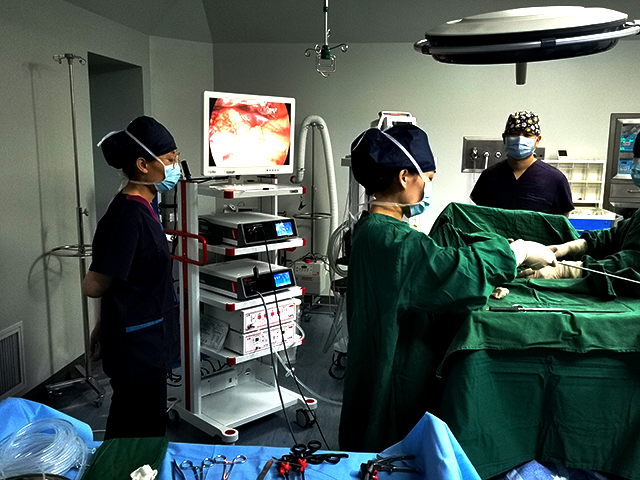laparoscopic gallbladder surgery cost
laparoscopic gallbladder surgery cost? Cholecystectomy is the most common operation in biliary surgery. In most cases, the operation is relatively standard, and the long-term effect after the operation is also satisfactory. Suitable for all kinds of acute and chronic cholecystitis, diseased gallbladder stones, gallbladder bulging lesions, etc. Laparoscopic cholecystectomy (LC) involves inserting a special catheter into the peritoneal cavity, and then injecting about 2 to 5 liters of carbon dioxide. After reaching a certain pressure, 4 small holes of 0.5 to 1.5 cm are made in the abdomen to dissect the gallbladder triangle. Structure, cut off and clamp the cystic duct and cystic artery, and then remove the entire gallbladder including the stones.
The laparoscopic gallbladder surgery cost about US$8,461, while the median network cost of open cholecystectomy is US$10,874.
Under what circumstances need cholecystectomy
The gallbladder is a small organ on the right side of the abdomen, under the liver. If you have gallstones-hardened deposits of digestive juices-and have symptoms such as right upper abdomen pain, shoulder blade pain, nausea or vomiting, the gastroenterologist may refer you to a general surgeon for cholecystectomy.
The average network cost of a cholecystectomy surgery depends on the type of surgery you have. The cost of laparoscopic cholecystectomy is often low, with a median network cost of US$8,461. Open cholecystectomy is usually more expensive, with an average network cost of US$10,874. In addition, we found that in the United States, the cost of these two procedures ranged from US$5,491 to US$17,391—a huge difference.
Factors that may affect the cost of laparoscopic gallbladder surgery:
Precautions for laparoscopic surgery
After the operation, there may be short-term nausea or vomiting after the action of anesthetics, and targeted medication can be given under the guidance of a doctor. Need to pay attention to rest, work and rest, eat low-fat, high-protein diet, avoid deep-fried, greasy food, small meals, avoid overeating, eating normally after half a month after discharge, wounds usually do not need or only The dressing needs to be changed once or twice, and if the wound has symptoms of redness, swelling, heat, pain or fever, abdominal distension, nausea, vomiting, etc., seek medical attention in time. Although the laparoscopic incision is small, in order to prevent infection, you can take a bath only half a month after being discharged from the hospital.